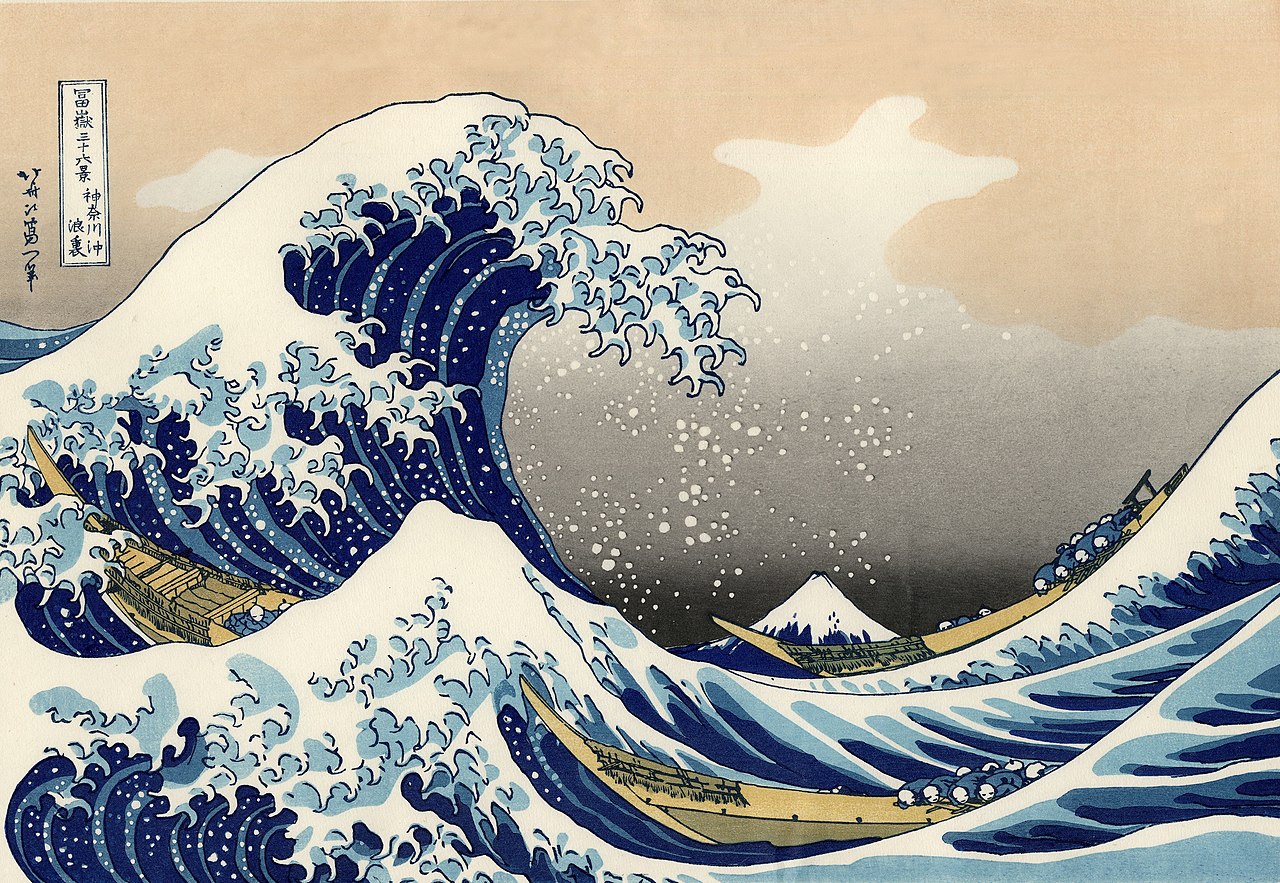Is a physical media collection the new “Let me show you my etchings”?
Let me show your my vinyl, CD or DVD collection, it is not of course the physical objects but the taste they represent. Does one have a collection of vintage hip hop or disco? Rom-Coms or Action flicks? Criterion Collection or Disney?

If the would be suitor has every movie in the Marvel Cinematic Universe, the complete Star Wars series or a full array of Disney princess movies, one might second guess their career prospects and maturity. Whereas is someone has say Oscar winning films, Orson Wells flicks and cult 70s classics, you might feel they have some depth in their tastes.
Bookshelves used to be used to show off books one has read, back when people actually read books. As your would be suitor mixed a batch of martinis at the wet bar, you’d presume his reading material for any signs of trouble.
The phrase “come on up and let me show you my etchings” appeared in popular culture over the years. “

Basically, code for an excuse to go up to the bedroom. The phrase probably began after the 1853s when trade between the Western world and Japan began and a popular momento from Japan was a woodblock print.
In French. The expression “Veux-tu monter voir mes estampes japonaises?” (Do you want to come up and see my collection of Japanese stamps?) Is a commonly understood French phrase. It is, however, just like “come up and see my etchings ” is mostly used as a gag.
Etchings from top artists such as Rembrant would grace the walls of the very wealthy but more commercially, mass produced prints would have been within reach of the middle class.
In the second half of the 19th century Japanese woodblock prints (not lithographs) of the Ukiyo-e style were hugely popular in Europe and especially in France. The “Great Wave” is probably the most famous of these types of Japanese woodblock prints.

The phrase in question is an example of what is known in French as a “litote”, a statement that insinuates much more than it actually says. In 19th century France, owning a collection of Japanese prints would be a sign of good taste and erudition. It appears to be an appeal to the person’s good character. A seemingly “safe” invitation. However, it’s also a veiled reference to a sub-genre of Japanese prints known as Shunga which are quite scandaless.

The fact that the “etchings” were located upstairs in the private areas of the house instead of shown in the more public areas, suggests that perhaps there was something a bit more rique about them.
Perhaps the idea of an invite to the more private areas of a home with the pretense of seeing something special goes back as far as the cavemen. “Wanna see my cave drawings?”
In Wycherley’s Country Wife, 1675, the rake Horner invites other mens’ wives to his chambers to inspect his fine collection of china; china after all was one of the ways people displayed wealth back then. All the wives understand the sexual reference, although their cuckolded husbands remain blissfully ignorant.
Perhaps showing off one’s physical media collection is not exactly the same as showing off one’s etching collection. There isn’t a lot of ineundo in “want to watch a movie and chill” unless perhaps your movie collection contains a lot of movies like:
But the idea is the same. Asking someone to come to your private space and chillax and perhaps gaze at some inticing visuals.
